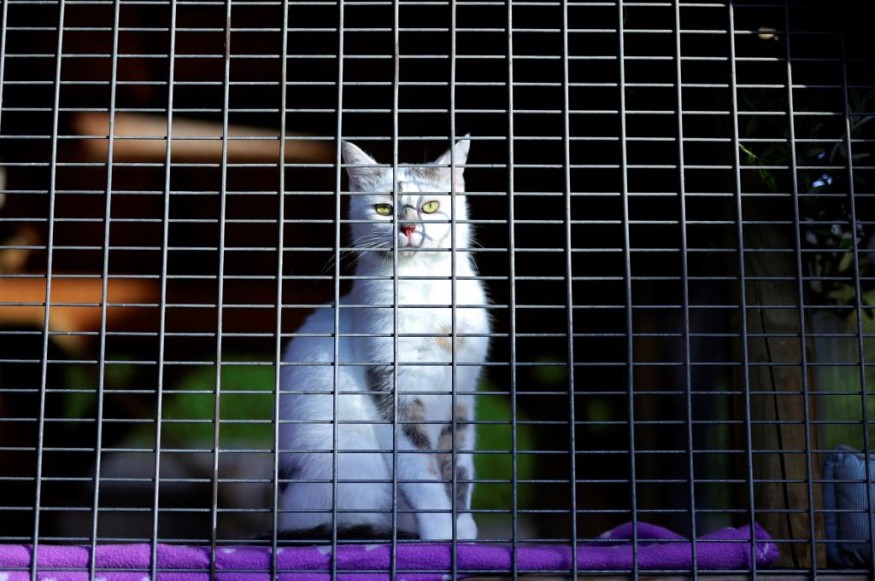According to Audubon magazine, humans began professionally killing passenger pigeons in the 19th century, and by 1914, they were extinct.
These birds are a perfect example of how people can wipe out even the most prevalent species swiftly and efficiently. But can non-human creatures drive other animals to extinction?
Can Non-human Species Drive Each Other to Extinction?

Most of the time, humans are involved in the extinction of other species. If people put certain animals in the wrong area and become invasive - species that cause ecological or economic harm to their non-native habitat - they can trigger interspecies extinction.
For example, in the Florida Everglades, Burmese pythons (Python bivittatus) from Asia can devour anything that moves. According to the Florida Museum of Natural History, the python population began as freed and escaped pets.
Species that cannot identify or respond correctly to a new specie in their habitat are "naive" or have ecological naiveté. It's not their fault; animals don't spontaneously develop to run or protect themselves from aliens, and adaptations appear out of nowhere.
Related Article : Scientists Are Studying How Better Statistical Models May Improve Conservation of Endangered Species
Invasion

"The primary way alien species wipe out natives is through consumption," Tim Blackburn, an invasion biology professor at University College London in the United Kingdom, told Live Science. "So, predators introduced to areas where there have been no predators before, or the types of predators that were there were different." "This offers them an inherent edge that permits them to munch their way through naïve faunas [regional wildlife]."
The domestic cat is Blackburn's favorite example of an invading species. "They have led to the loss of dozens of bird species," he claimed, citing the Stephens Island wren (Traversia all) of New Zealand as an example.
According to the American Bird Conservancy, cats are the biggest direct human cause of bird death in the United States and Canada. In other words, pet cats pose a greater threat to American birds than guns.
Humans are in charge of transporting feline hunters and enormous snakes throughout the globe. Whatever they do after that is our responsibility. But what happens when animals travel to a new place on their own
According to Blackburn, animals naturally disperse to neighboring locations where species are mainly similar and, as a result, behave correctly to one another, resulting in few unfavorable pairings.
Interspecies Reorganization

Occasionally, land migration causes an interspecies reorganization. The Great American Biotic Interchange (about 10 million to 10,000 years ago) is a good illustration of this: tectonic plates drove North and South America closer, and species from both continents interacted across a central American land bridge.
Many new creatures were brought to South America, including predators like bears and large cats, in exchange for species like ground sloths and armadillo cousins known as glyptodonts being introduced to North America.
Because the diversity of animals migrating from North America to South America was greater than the opposite, South America obtained more new residents.
According to research published in the Proceedings of the National Academy of Sciences in 2020, this is owing to South American animals having a disproportionately greater extinction rate. In other words, during the trade, more species in South America became extinct, and fewer were able to invade North America.
"Perhaps the new predators were more vulnerable to the native animals of South America," said Juan Carrillo, a paleobiologist at the University of Fribourg in Switzerland and primary author of the 2020 research. One theory for what caused the asymmetric exchange is predation by North American predators.
Carrillo told Live Science, "The ground sloths and the glyptodonts were certainly huge enough to evade these predators." "And that might be one of the reasons they were able to travel north, and we found them in the fossil record in various places of North America," says the researcher.
While the influence of current invasive species on extinction is undeniable, the exchange offers a more complex picture. "It wasn't simply one moment in Earth's history; it spanned millions of years and had several stages," Carrillo explained. The extinctions in South America occurred during an era of climate change when the Earth was cooling, which most certainly played a role.
Predator-Prey Relationship
Is it still reasonable to infer that at least some prey species in South America went extinct due to the arrival of a North American predator? It's plausible, but Carrillo says it's tough to separate the causation from climate change and other things.
Although animal characteristics are developed in an evolutionary struggle, this does not entail that predators rise to dominate their victims. Carrillo pointed out that if a predator eats its prey to extinction, it would starve to death and therefore go extinct as well. In principle, if a predator had several preys, it may survive the extinction of one species; however, extinctions are frequently caused by a combination of reasons.
Blackburn is unaware of any natural invasions in which one species consumes another, resulting in extinction. "The natural world is fundamentally enormously convoluted," he explained, "and it takes a huge amount of effort to pluck out the processes that are normally going on."
Conclusion
Human activities such as overhunting, habitat destruction, and the introduction of exotic species are driving species to extinction. "The fact that those impacts are so significant is practically substantial proof that these mechanisms are genuine and unlike anything else," Blackburn said.
For the most recent updates from the animal kingdom, don't forget to follow Nature World News!
© 2025 NatureWorldNews.com All rights reserved. Do not reproduce without permission.





